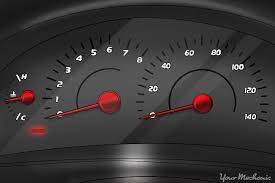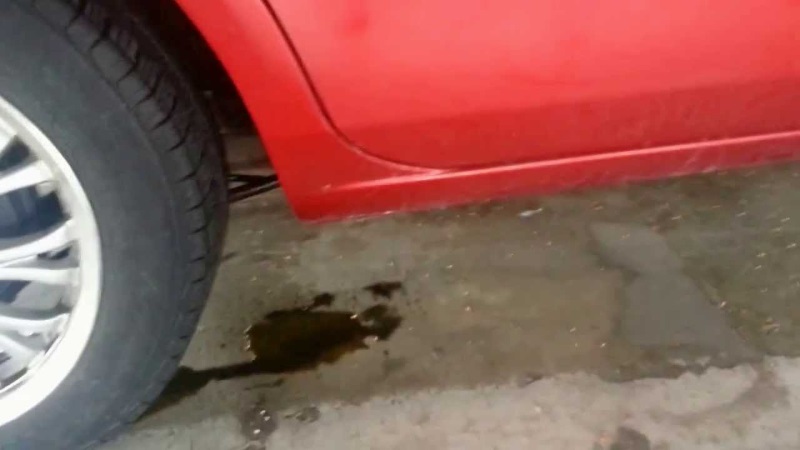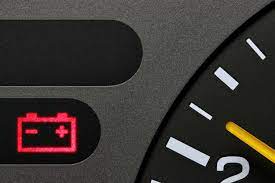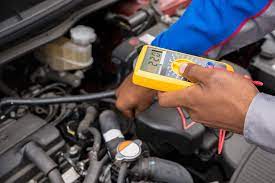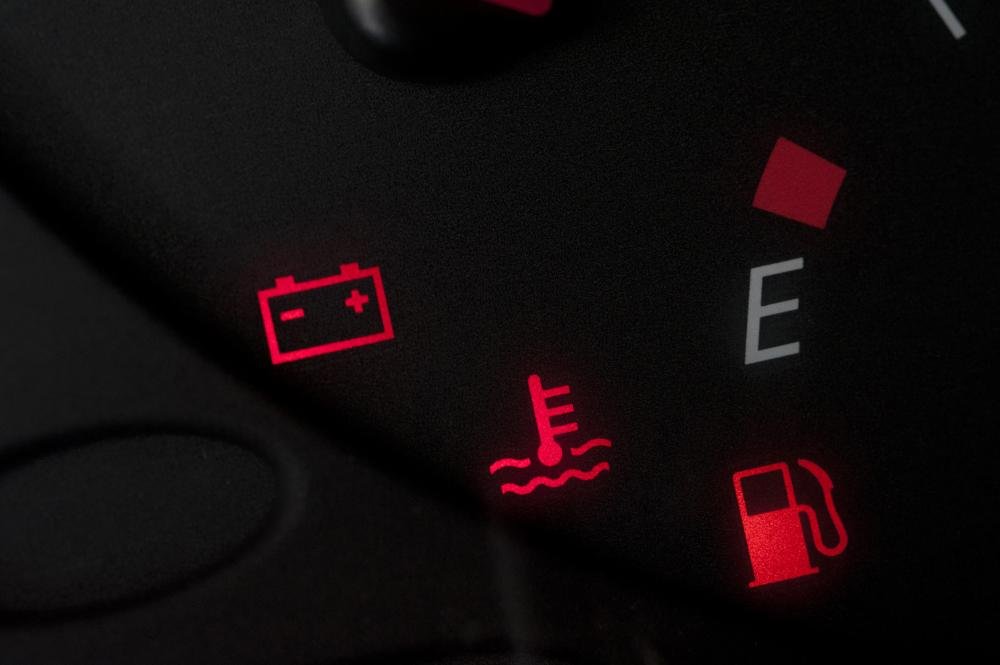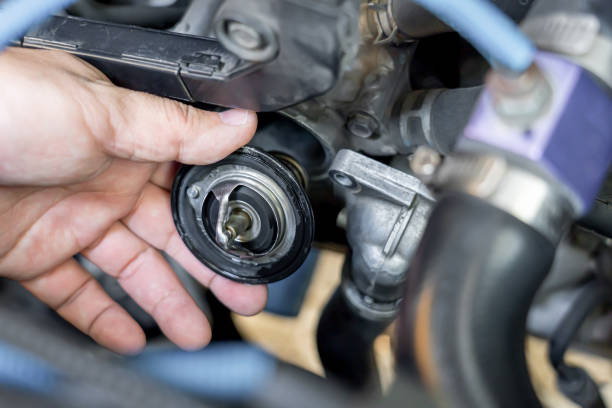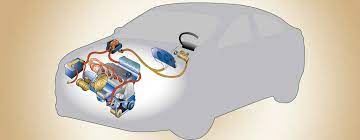06
Sep
The adaptive headlight system in vehicles is designed to adjust the direction and intensity of the headlights based on steering input and driving conditions. If the adaptive headlight system is temporarily not working, there could be several possible causes. Here are some common ones: Faulty Sensor: The adaptive headlight system relies on sensors that detect the steering angle, vehicle speed, and other parameters. If one or more of these sensors become faulty or malfunction, it can cause the adaptive headlight system to temporarily stop working. This could be due to sensor damage, wiring issues, or sensor calibration problems. Electrical Issues:…

